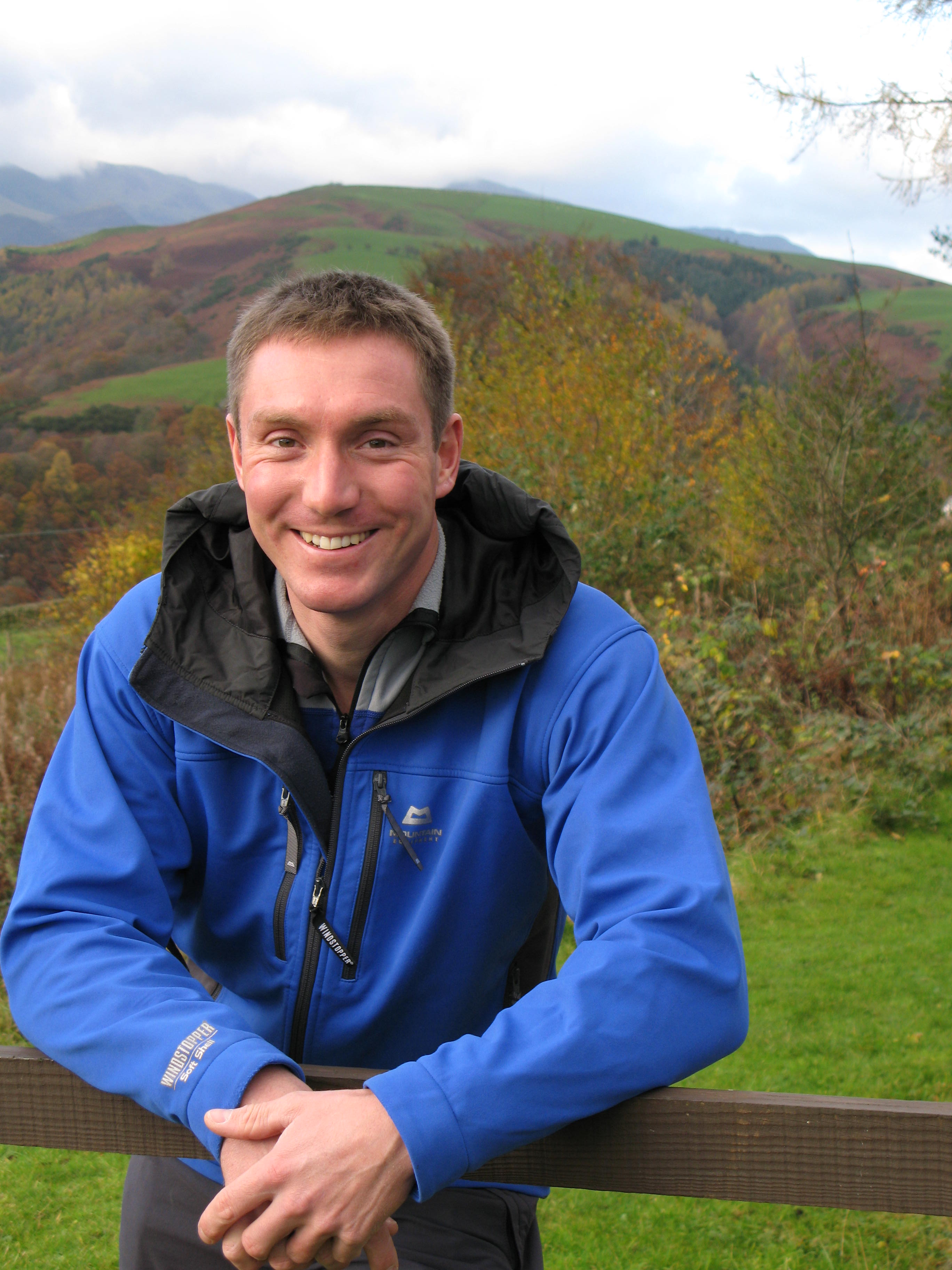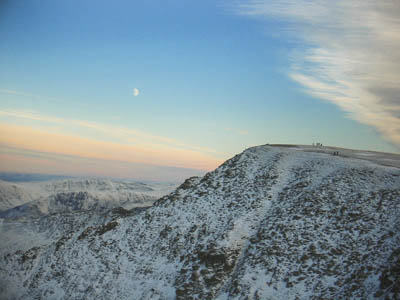 Lake District bosses have got the view from the top – of England’s third highest mountain.
Lake District bosses have got the view from the top – of England’s third highest mountain.
The national park authority’s chief executive and deputy chairman took a hike up Helvellyn with fell-top assessor Craig Palmer to see for themselves how the vital weather information is gathered.
Fell-top assessor Craig Palmer
And the Cumbrian weather didn’t disappoint: they met winds gusting to 52mph (84kph) and a fell covered in snow and ice. Former commando Craig Palmer took chief executive Richard Leafe and deputy chairman Vicky Darrall to the summit for a view of his work. The pair are no strangers to the hills – Mr Leafe is a keen mountaineer and Ms Darrall is a fellrunner.
The ex-serviceman shares fell-top weather assessment with former hotel manager Jon Bennett. The Weatherline supplies winter condition reports from Helvellyn’s 950m summit from December to Easter. This winter, assessors warned that the corrie below the mountain’s summit had become dangerously prone to avalanche.
Mr Leafe said he believed more people were venturing on to the fells without realising they might encounter the type of severe conditions he experienced on the day. He said: “I suspect milder temperatures in the valleys are tempting more people on to the hills. They are often unprepared for the conditions they may find and unaware weather patterns can shift very quickly.”
 His visit confirmed the need for an accurate weather report so hillwalkers and mountaineers know the type of conditions they are likely to meet on the summits.
His visit confirmed the need for an accurate weather report so hillwalkers and mountaineers know the type of conditions they are likely to meet on the summits.
“It underlined for me the vital role fell top assessors play in contributing to people’s safety. We saw first-hand the nature of summit conditions and how unpredictable they can be.
“Naturally, safety is paramount. I want to encourage responsible winter walking and highlight the fragility of these high places, particularly in respect of climate change.”
Ms Darrall echoed the chief executive’s views. She said: “The awe-inspiring nature of the fells and the real need to respect them, and their dangers, was very apparent.
“Talking to expert, experienced staff who know and love these landscapes, was really inspirational.
“As an authority, we have some responsibility to guide people by outlining the dangers, as well as the opportunities, high level walking brings.”
The authority representatives also expressed concern about the effects of climate change on the fells. Mr Leafe said: “As frost declines, bracken will move higher up the slopes. The last refuges of high arctic alpine plants are also becoming smaller as temperatures rise.”
The Lake District Weatherline has been in operation for 33 years. As well as reporting fell-top conditions during the winter, the service provides forecasts for the Cumbrian fells throughout the year. It can also be accessed by ringing 08700 550575.